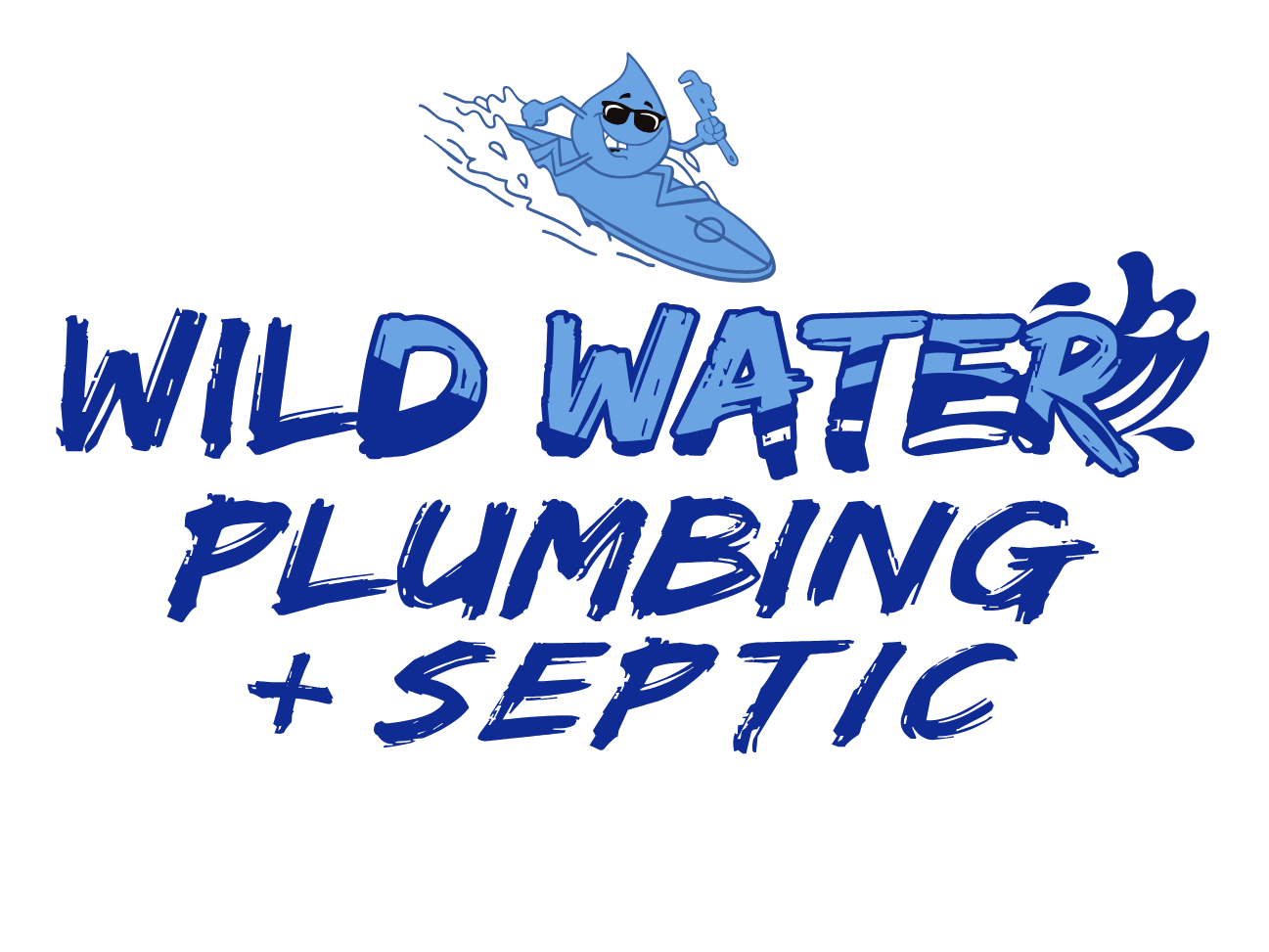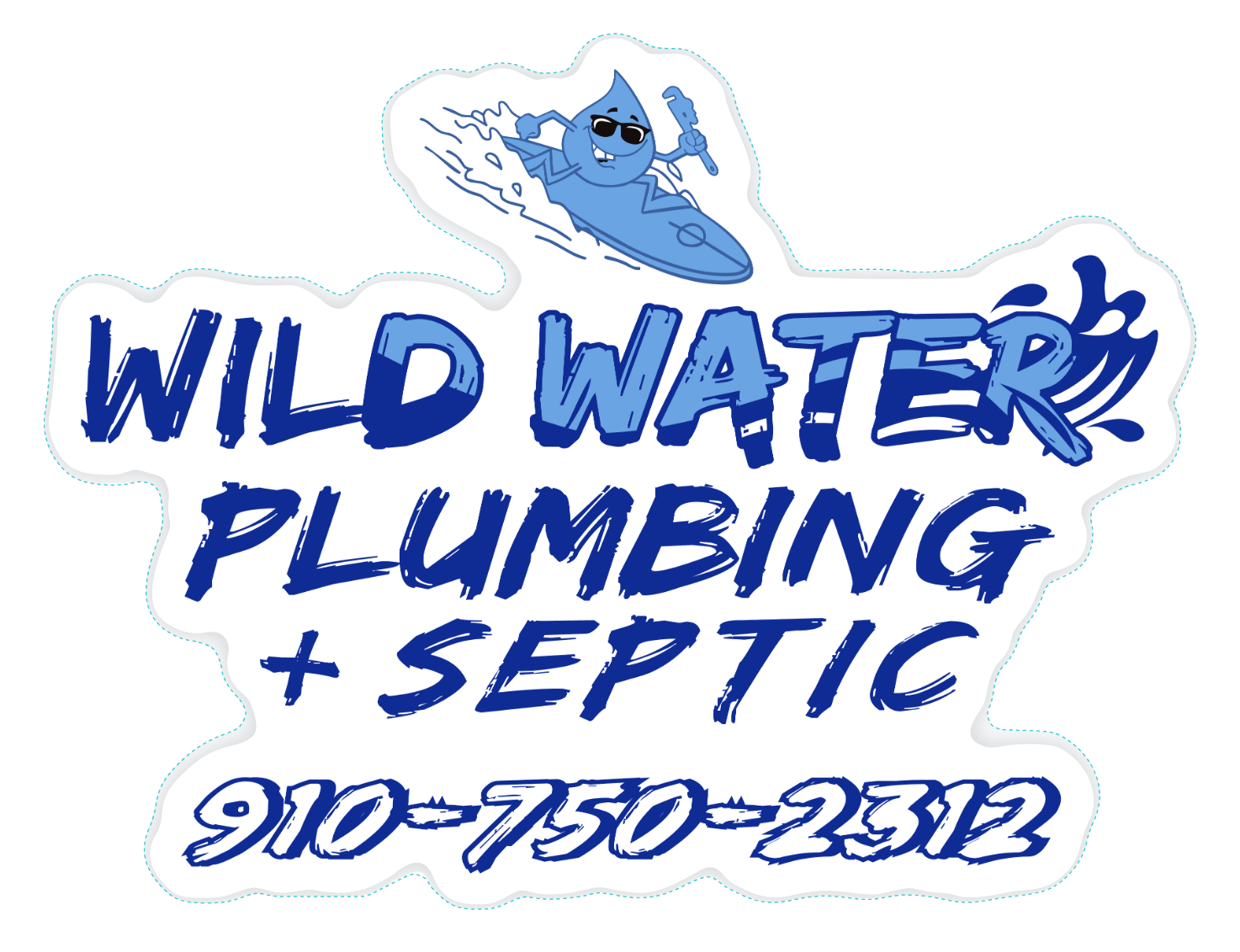WILD WATER PLUMBINGIdentifying the Source of Low Water Pressure
U.S. Navy Veteran Owned & Operated throughout greater Jacksonville, NC.
WILD WATER PLUMBINGIdentifying the Source of Low Water Pressure
U.S. Navy Veteran Owned & Operated throughout greater Jacksonville, NC.
Low water pressure can be a frustrating issue for homeowners, affecting everything from showering to washing dishes.
Here’s a step-by-step guide to help you troubleshoot and identify the cause of low water pressure.
TROUBLESHOOTING GUIDE
Step 1:
Determine the Scope of the Problem
- Single Fixture: If only one fixture has low pressure, the issue is likely localized.
- Multiple Fixtures: If multiple fixtures are affected, the problem may be with the home’s plumbing system or water supply.
Step 2:
Check the Water Meter Valve
- Location: This valve is usually located near the water meter.
- Inspection: Ensure the valve is fully open. A partially closed valve can restrict water flow.
Step 3:
Inspect the Main Shutoff Valve
- Location: Typically found where the main water line enters your home.
- Inspection: Ensure this valve is fully open as well.
Step 4:
Examine the Pressure Regulator
- Location: Usually installed where the main water line enters the house.
- Inspection: A malfunctioning pressure regulator can cause low pressure. You may need a professional to test and adjust or replace it.
Step 5:
Check for Leaks
- Inspection: Look for signs of leaks such as damp spots, water stains, or unexplained puddles.
- Test: Turn off all water fixtures and check the water meter. If the meter continues to move, you might have a hidden leak.
Step 6:
Inspect for Blockages
- Aerators and Showerheads: Remove and clean aerators and showerheads. Mineral deposits can clog these fixtures and reduce water pressure.
- Pipes: Sediment build-up in pipes can also restrict water flow. You may need a professional to inspect and clean the pipes.
Step 7:
Test Water Pressure
- Pressure Gauge: Attach a water pressure gauge to an outdoor spigot to check the home’s water pressure. Ideal pressure is between 40-60 psi. Lower readings indicate an issue with the supply or pressure regulator.
Step 8:
Check the Water Heater
- Inspection: If hot water pressure is low, check the water heater for sediment build-up. Flushing the water heater may resolve the issue.
Step 9:
Municipal Water Supply
- Inquiry: Contact your water supplier to see if there are any issues or maintenance work affecting water pressure in your area.
Final Step:
When to Call Wild Water Plumbing
If the above steps do not resolve the issue or if you suspect a more complex problem, it’s time to call in a professional.
Wild Water Plumbing can diagnose and fix water pressure issues efficiently.
Contact Wild Water Plumbing
For expert help with low water pressure, contact Wild Water Plumbing.
Our skilled plumbers will ensure your water pressure is restored to optimal levels.
Let's improve your plumbing & water system today!
Veteran Owned Plumbing Repair, Inspection, & Installation Services.

